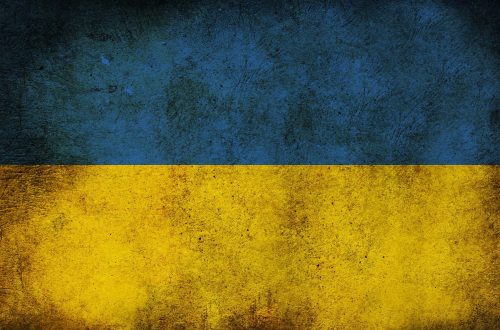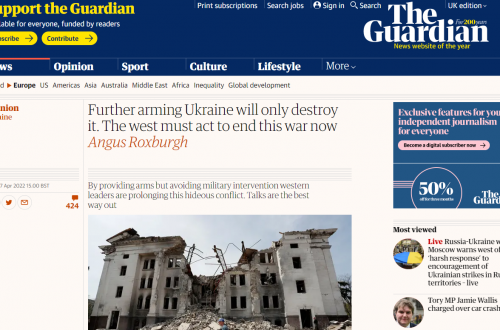This is a cross-post by Paul Canning
Since May 2014 Russian propagandists and fellow travelers, like John Pilger, have made hay with the events during disturbances in Odesa. The fire which killed dozens of people has been dubbed by them ‘the Odesa massacre’. Russia has toured exhibitions around Europe and pumped out massive amounts of material using the events to condemn Ukraine as ‘fascist’.
Most disturbingly, the events have been cited by numerous left-wing activists who have traveled to the Donbas to ‘fight the fascist regime’.
Civil society activists in Odesa. the ‘May 2 Group’*, have conducted extensive investigations showing that the events were very different to how they have been painted but, as Halya Colnash ofKharkiv Human Rights Protection Group explains, their work is being cut off at the knees by the useless Ukrainian state. This failure by the state to do its job properly is handing the Russians and their supporters an undeserved and dangerous propaganda victory.
Reblogged with permission.
====
Despite the clear importance of a proper investigation into the deadly disturbances and fire in Odesa on May 2, 2014, and the mileage gained by Russia’s propaganda machine from any delay, the number of investigators has been drastically reduced, just when they seemed to be making headway. The trial of one man facing serious charges is constantly obstructed and the ongoing detention of others accused of lesser offences has already been used by a Moscow-backed initiative to claim political prisoners in Ukraine. The Council of Europe’s International Advisory Panel has been assessing the investigation. Its report, due at the end of October, 2015, seems likely to be critical
It was widely feared in Spring 2014 that a scenario similar to the orchestrated seizure of control by Kremlin-backed militants in the Donetsk and Luhansk oblasts could be expected in Odesa. There had been express warnings from both the Security Service [SBU] and Interior Ministry of likely trouble, in particular with respect to a football match scheduled on May 2 between the Odesa Chernomorets team and Kharkiv’s Metalist, and the pro-Ukrainian unity march before it.
A crucial action plan codenamed Khvylya [Wave] had been prepared for the event of disturbances, yet was not registered and therefore did not come into effect.
 |
| People being rescued from the fire |
Six people died of gunshot wounds and many others were injured during disturbances in the city centre after the pro-unity march was attacked by anti-Maidan (and pro-Russian) activists. The first two people killed were Euromaidan activists and the news of those deaths was instrumental in turning the disturbances uncontrolled and violent. More weapons began being brought to the scene and the other four deaths were of anti-Maidan activists. A large number of people were injured, including police officers. A further 42 people – all anti-Maidan activists – died as a result of a fire in the Trade Union building on Kulikovo Pole. That fire was certainly caused by a Molotov cocktail, however these were being hurled by activists on both sides and specialists agree that there is no way of knowing whether the fatal incendiary device was thrown from outside the building, or from inside. There would have been far fewer casualties had the emergency services responded when the first reports of fire were received. The 40 minute delay was fatal.
There are clearly major questions needing to be answered, most crucially:
- Who was responsible for not registering and/or implementing the Action Plan?
- Why were the emergency services so criminally slow in arriving at a fire they were informed about repeatedly from the beginning?
- The guilt or innocence must also be established of specific individuals.
Do read the rest of the post here


